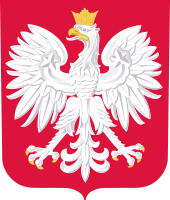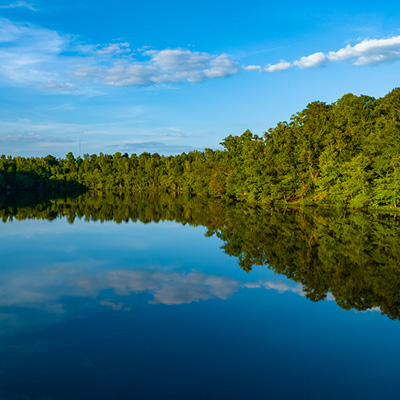Retirement Guide to Poland
Poland , a Central European country of 38.5 million people, would be an unusual country to retire to, unless you already live in the European Union or have a strong Polish background. The country is quite large, about the size of Texas. It has had a difficult history, having been invaded and conquered many times, by Germany in WWII and as a tightly controlled Russian satellite after the war. It regained its independence in 1989 with the fall of the Soviet empire. Poland is losing many of its citizens who can easily move to the rest of the EU in pursuit of higher salaries. (updated Sept 2018) There are several reasons why Poland could be an interesting place to retire. Among those are its low cost of living, beautiful cities and towns, and a relaxed style of living. Let’s talk a little bit about Polish retirements.
Political environment. The political atmosphere is difficult and the democracy seems fragile in the face of a populist leader. The current president has curtailed the judiciary as well as the free press, and is staunchly anti/immigrant. Poland is a relatively new democracy so most of the citizens are hopeful for the future.
Let’s talk a little bit about Polish retirements.
Political environment. The political atmosphere is difficult and the democracy seems fragile in the face of a populist leader. The current president has curtailed the judiciary as well as the free press, and is staunchly anti/immigrant. Poland is a relatively new democracy so most of the citizens are hopeful for the future.


